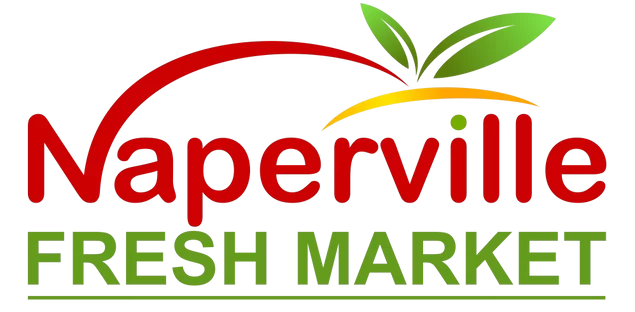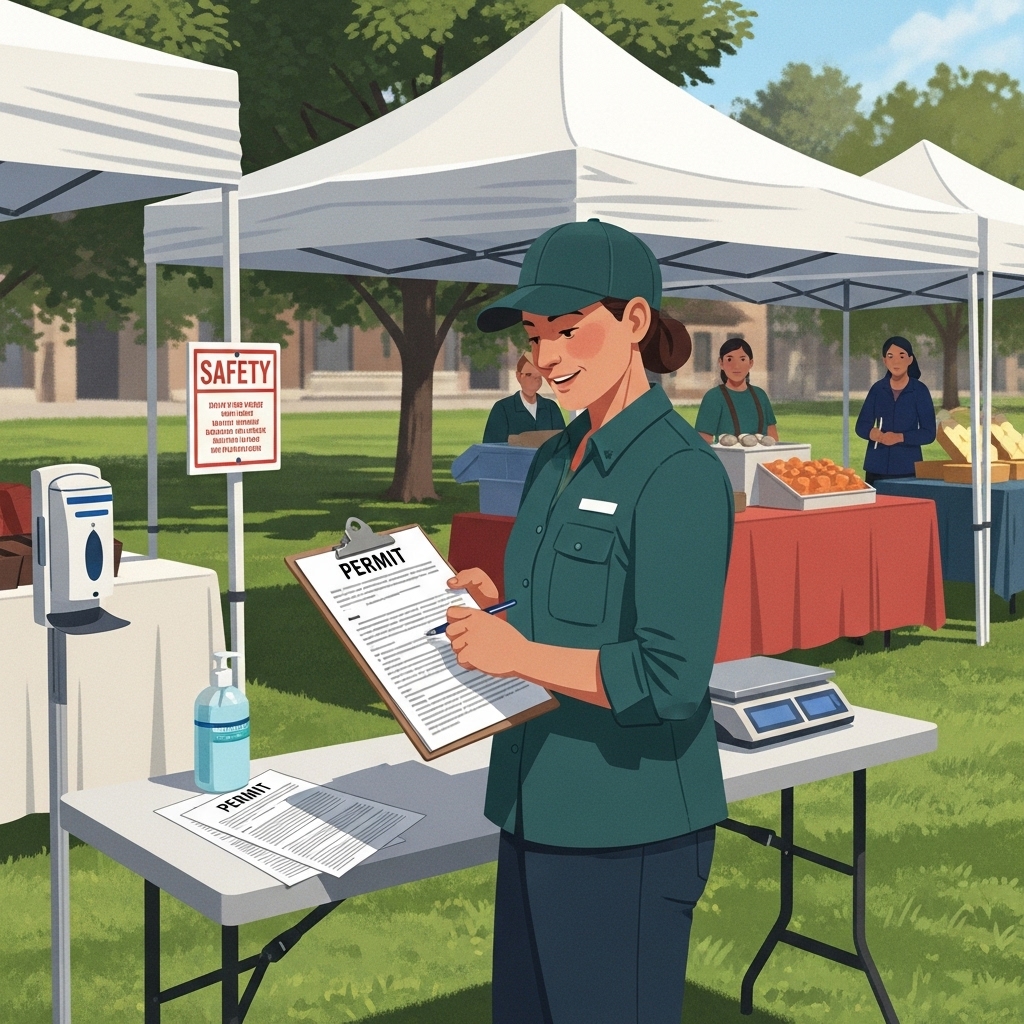Introduction: Navigating Rules and Approvals
Launching or participating in a fresh market in Naperville, Illinois requires an understanding of local, county, and state rules that protect public health and ensure fair operations. Before you set up a tent or invite vendors, clarify which approvals apply to your concept, whether it is a seasonal market, a recurring neighborhood event, or a one-day pop-up. Begin by reviewing the kinds of goods you plan to sell—produce, baked items, dairy, eggs, or ready-to-eat foods—and confirm they are eligible. As you outline your merchandise list, note the categories of approved market products common to community markets so you can match requirements to your lineup.
While each jurisdiction can adjust details, organizers and vendors typically encounter similar themes: food protection, proper labeling, safe sampling, waste control, accessible site layouts, and vendor accountability. This guide summarizes common requirements to help you prepare documentation, build a compliance checklist, and communicate clear expectations to your team and vendors.
Defining Your Market Model
Start by clarifying the structure of your market. Are you an organizer who recruits multiple vendors to a public space, or are you a single business hosting an on-site event? The answer affects permits, insurance needs, and the scope of inspections. Define the frequency (weekly, bi-weekly, monthly), season (summer-only or year-round), and whether you will operate indoors or outdoors. Document your site layout, estimated attendance, ingress and egress routes, emergency access lanes, waste stations, and rest areas. These basics make it easier to request approvals from property owners and communicate with reviewing departments.
Food Safety and Handling
Food safety sits at the center of market requirements. Vendors who sell potentially hazardous foods—such as dairy, meat, eggs, or ready-to-eat items—may need temperature control, handwashing setups, and protective barriers. Plan for coolers and thermometers, sneeze guards where samples are offered, and separate utensils for serving versus preparation. Emphasize cross-contamination prevention by storing raw and ready-to-eat foods separately and by training staff on hand hygiene. Clear labeling of allergens, ingredients, and production dates improves transparency and reduces risk.
Common Permit Categories
Although exact names vary, many markets interact with the following permit or registration types:
1) Temporary Food Establishment authorization for on-site preparation or sampling. 2) Food handler and food manager certifications for those preparing or serving food. 3) Cottage food allowances for shelf-stable goods prepared in home kitchens, with proper labeling and volume limits. 4) Sampling permits or guidelines for offering tastes safely and hygienically. 5) Portable equipment and fire safety approvals if you use fuel-based cooking devices. 6) Waste and recycling plans to prevent litter and protect the environment. 7) Weights and measures compliance for scales used to sell by weight. 8) Sales tax registration if required. Work from a written list that maps each vendor to the specific permit category they need.
Market Layout, Accessibility, and Crowd Flow
Design your site to support safe movement and accessibility. Provide wide aisles, clear signage, accessible routes for mobility devices, and safe crossing areas around vehicle traffic. Mark emergency access paths and identify a central booth for information and lost-and-found. Ensure tent stakes, cords, and equipment do not create tripping hazards. If your market operates after dusk or in enclosed structures, plan lighting that allows inspectors and patrons to see products clearly.
Vendor Agreements and Documentation
Formal vendor agreements clarify expectations and reduce confusion. Include requirements for permits, food safety practices, labeling, product categories, insurance, and arrival/departure times. Ask vendors to submit copies of required permits and certifications before opening day and maintain a binder (physical or digital) with all documents available for review. Keep incident logs, temperature logs for high-risk foods, and sanitation schedules. Documentation demonstrates due diligence and helps you respond to questions quickly during inspections.
Labeling and Allergen Transparency
Regardless of category, vendors should label items clearly with product names, ingredient lists, and allergen declarations for common allergens. Encourage plain-language labeling and consider signage that explains production methods—such as pesticide-free practices, pasture-raised sourcing, or unique fermentation processes—if relevant. Transparent labeling supports consumer confidence and helps shoppers make informed choices without delay.
Sampling and Demonstrations
Sampling draws customers and educates them about quality, but it must be done safely. Provide barriers or covered containers to protect samples, use single-use utensils where appropriate, and maintain handwashing access. Limit the amount of time perishable samples remain at room temperature. Dispose of leftovers properly and clean surfaces frequently.
Waste, Water, and Sanitation
Set a standard for cleanliness by providing clearly marked bins for trash, recycling, and compost if offered. Establish a routine for emptying containers before they overflow. If vendors use water for rinsing produce or cleaning equipment, ensure safe disposal and prevent runoff that could cause slip hazards. Regular sanitation of shared areas—tables, touchpoints, and rest spaces—keeps the market environment welcoming and reduces contamination risks.
Insurance and Risk Management
Market organizers often require vendors to carry general liability insurance and sometimes product liability coverage. Establish a protocol for incident reporting, first aid, and severe weather response. If your market operates in an area prone to wind, set standards for tent weights and anchor points. Regular safety briefings with vendors help reinforce practices that keep patrons secure.
Communication and Training
Host a vendor orientation to review expectations, share site maps, and explain emergency procedures. Provide a contact method for day-of issues and designate a market manager to field questions. Keep communication consistent with reminders before each market day and follow up with notes after inspections. Clear, timely communication reduces stress and elevates the professionalism of your market.
Mid-Season Compliance Check
Midway through your market schedule, conduct a self-audit. Verify that documentation is current, signage is clear, and critical controls like temperature logs are maintained. Revisit vendor categories to ensure each seller remains within their approved scope. As your lineup evolves, confirm that new packaged products align with labeling standards and food safety expectations.
Frequently Asked Questions
Q: Do all vendors need the same permits? A: No. Permit needs depend on what a vendor sells and how it is prepared or stored. Map each vendor to specific requirements.
Q: How far in advance should paperwork be submitted? A: Start several weeks before opening day so you have time to address any questions or missing information.
Q: What happens during an inspection? A: Inspectors typically review documentation, walk the site, check food temperatures where applicable, and verify safe sampling and sanitation practices.
Q: Are home-produced goods allowed? A: Many markets allow certain shelf-stable items prepared under cottage food rules with proper labeling. Always verify eligibility and disclosure requirements.
Q: How can we manage crowd surges? A: Use clear signage, maintain wide aisles, and deploy staff or volunteers to guide traffic during peak times.
Put Your Plan Into Action
Strong planning, clear vendor agreements, and consistent training make compliance manageable. Build checklists, organize documentation, and schedule regular reviews so your market runs smoothly throughout the season.
Open Your Market with Confidence
Ready to align your vendor lineup with community expectations and food safety standards? Finalize your documentation, confirm permits, and preview compliant offerings by reviewing representative market products for inspiration as you prepare to open.




